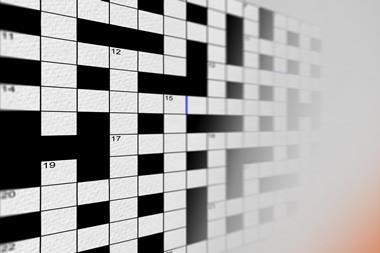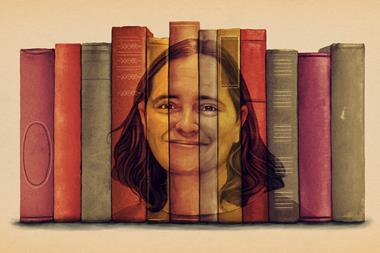Quantum: a guide for the perplexed
Jim Al-Khalili
London: Weidenfeld and Nicholson 2003 | Pp 280 | ?18.99 | ISBN 0297843052
Reviewed by Michael Sutton
Banesh Hoffman’s The Strange Story of the Quantum provided an invaluable introduction to sub-atomic physics for mathematically challenged chemistry students in the 1960s and ’70s. It made mysterious concepts accessible through illuminating analogies, then rendered them unforgettable with atrocious puns. Since then, many books have sought to bridge the widening gulf between the frontiers of physics and our everyday understanding of the material world. (John Gribbin’s In Search of Schr?dinger’s Cat and The Emperor’s New Mind by Roger Penrose are two distinguished examples.) None of these admirable works quite filled the gap left by the growing obsolescence of Hoffman’s work. However, Jim Al-Khalili has produced a guide to quantum physics which goes a long way towards meeting that need.
This book offers the perplexed much helpful guidance. Yet it never denies that quantum theory remains deeply mysterious. For although it can predict experimental outcomes with astonishing precision, the concepts which underpin it seem riddled with paradoxes. Many physicists are content to keep on matching calculations with observations, and leave speculation about ultimate realities to the philosophers. But Al-Khalili, like Hoffman, accepts that physicists have an obligation to try to make these mysteries more comprehensible, even if they can never be satisfactorily resolved. With powerful support from David Angel’s superb illustrations, his book moves confidently from the classic discoveries of Planck, Einstein, Bohr and Heisenberg, to the debates and experiments of the 21st century. The hypothetical death of Schr?dinger’s imaginary cat is thoroughly investigated (though the author assures anxious readers that no animal was harmed in the process). Other puzzling quantum concepts, like nonlocality, entanglement and decoherence, are skilfully unpacked and their implications for chemistry, biology and engineering explored. Quantum theory has already given us the transistor and the laser. More dramatic developments - from superfast computers to room-temperature superconductors - could be just over the horizon. The future of quantum theory, Jim Al-Khalili assures us, will be at least as exciting as its past.












No comments yet